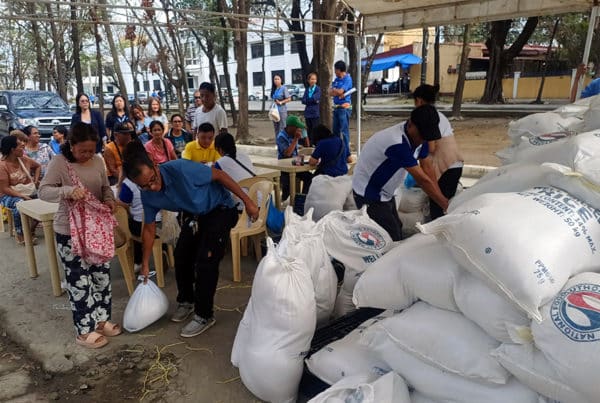UPMSI joins opposition to offshore mining of Lingayen Gulf
THE University of the Philippines Marine Science Institute (UPMSI) that maintains a marine science laboratory in Bolinao town expressed fears that a proposed seabed magnetite mining project scheduled to start in the second half of 2022, will threaten the environment in the Lingayen Gulf and neighboring coastal communities .
The UPMSI manifested its support to the opposition aired by local fishermen, officials, members of the academe and environment watch groups to the offshore mining project of Iron, Ore, Gold and Vanadium Resources Philippines Inc. for 24 years.
It warned that the proposed offshore mining project will have irreversible impacts on marine and coastal biodiversity, livelihood and tourism in both the provinces of Pangasinan and La Union and called, instead, for the protection of the marine habitats and resources of the Lingayen Gulf for the next generations.
UPMSI describes the Lingayen Gulf as an embayment with an area of 2,100 square kilometers and spans the coastal provinces of Pangasinan and La Union. The Gulf is home to diverse and interconnected ecosystems, where several Marine Protected Areas (MPAs) and a national park—the Hundred Islands National Park—have been established.
Around 40 species of fish, including mackerel (alumahan or hasa-hasa) roundscads or galunggong, rabbit fish (barangen), thrive in the Lingayen Gulf and comprise the fish catch in the area. In 2019 alone, total production from commercial and municipal marine fisheries was 16,280 metric tons with a value of P 1,792 billion recorded for Pangasinan, and another 3.602 metric tons worth P458 million for La Union.
On the other hand, grow out culture of bangus in 2019 alone produced 58,273 metric tons for Pangasinan and La Union, worth P 6.765 billion.
UPSMI maintained that over 1.2 million people that live in the coastal communities of Lingayen Gulf, particularly 47,435 individuals engaged in fisheries and fisheries-related activities which include capture fishing, aquaculture, gleaning, fish processing and other related activities would be seriously affected.
The mining company’s plan to keep the pipe for extraction to sea floor to minimize suspension of sediments will still lead to disturbance and potential damage to the seabed and affect associated organisms such as oysters scallops and sea cucumber, UPSMI said. .
At the same time, the removal of sediments offshore will deepen sea floor morphology off the coast as sediment accumulated areas remain low-lying and therefore prone to coastal erosion, the statement further said.
It added that since deeper sea floor may produce stronger waves reaching the coast, it could worsen the flooding problems in the towns and cities during the typhoon session. (Leonardo Micua)







